🦏 Luxury Safaris & Rhino Conservation in Kruger: How High-End Travel Saves Giants✨
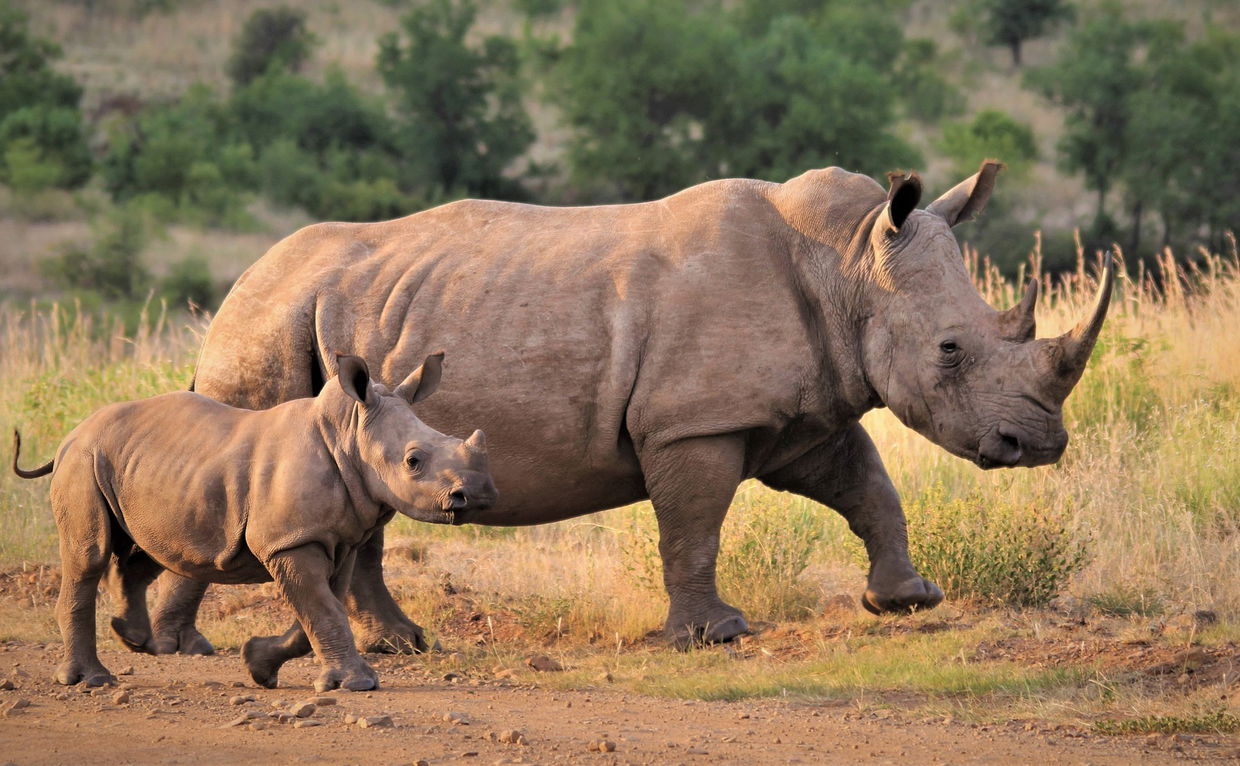
Kruger National Park, one of Africa’s most iconic wildlife reserves, is not only a sanctuary for the majestic rhinoceros but also a premier destination for luxury safaris. However, these ancient giants face severe threats from poaching and habitat loss, making conservation efforts more critical than ever.
In this in-depth guide, we’ll explore the challenges of rhino conservation in Kruger National Park, the heroic efforts of rangers and organizations working to protect them, and how luxury safari tourism can contribute to their survival. Whether you're planning an exclusive safari experience or simply passionate about wildlife preservation, this article will provide valuable insights into the fight to save these magnificent creatures.
The Plight of Rhinos in Kruger National Park
1. The Importance of Rhinos in the Ecosystem
Rhinos are a keystone species, playing a vital role in maintaining the ecological balance of their habitats. As mega-herbivores, they shape the landscape by:
✳️Grazing and browsing, which helps control plant overgrowth.
✳️Creating water holes by wallowing, benefiting other wildlife.
✳️Dispersing seeds through their dung, aiding in vegetation regeneration.
The loss of rhinos could disrupt entire ecosystems, affecting the pristine wilderness that makes luxury safaris in Kruger so extraordinary.
2. The Threat of Poaching
Despite their ecological importance, rhinos are under relentless attack from poachers. The demand for rhino horn, driven by illegal wildlife trade, has led to devastating declines in populations.
Kruger’s Rhino Population Decline:
In 2010, Kruger was home to over 10,000 white rhinos.
By 2023, estimates suggest fewer than 3,000 remain due to poaching.
Black Rhinos: Even more critically endangered, with fewer than 500 in the park.
Poachers use advanced technology, including drones and night-vision gear, making anti-poaching efforts increasingly challenging—threatening not only wildlife but also the future of high-end safari experiences.
3. Habitat Loss and Climate Change
Beyond poaching, rhinos face:
Dwindling habitats due to human encroachment and agriculture.
Climate change, leading to droughts that reduce food and water availability.
These factors not only endanger rhinos but also impact the pristine landscapes that attract travelers seeking luxury safari adventures.
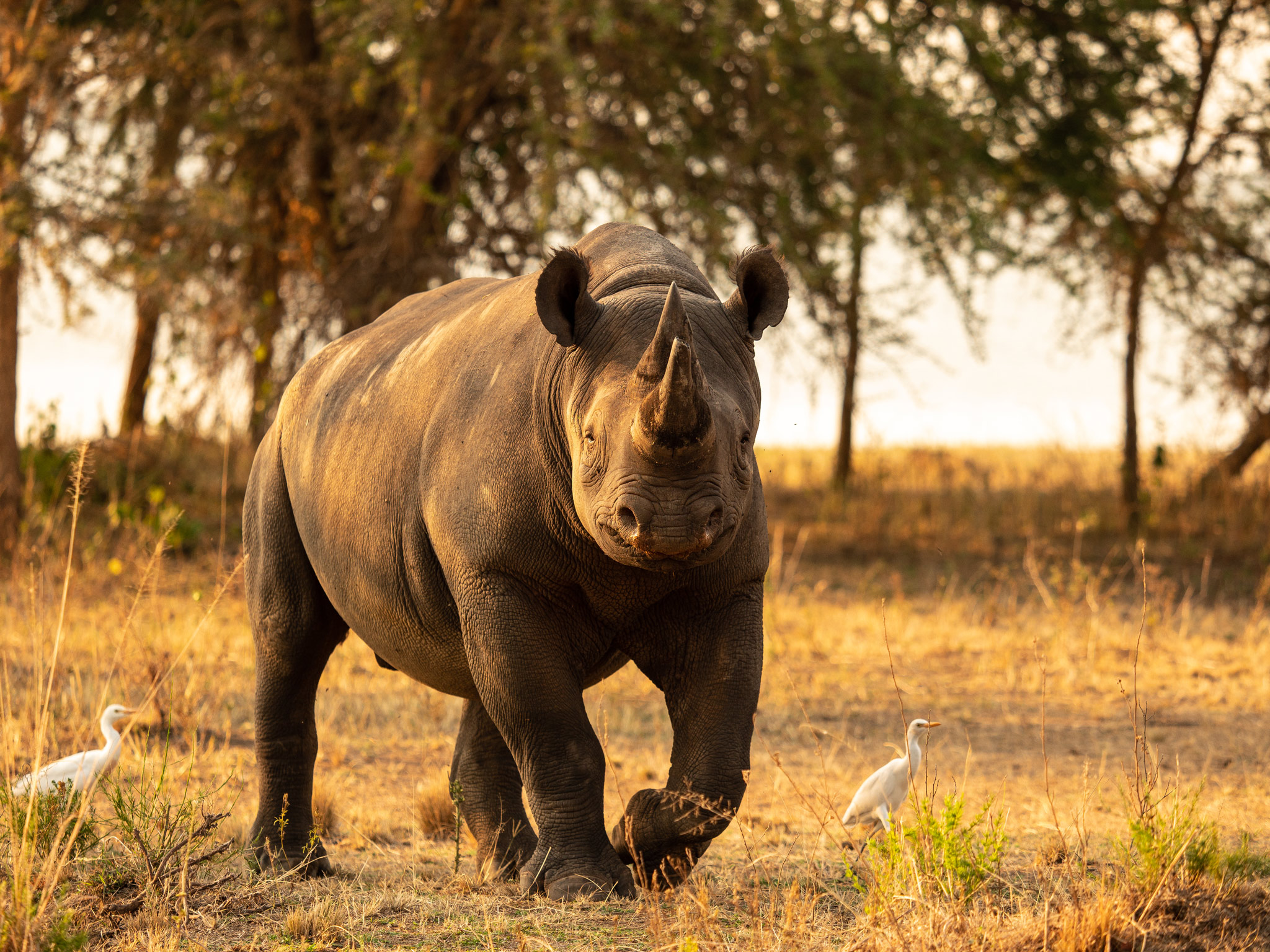
Heroes of Conservation: Protecting Kruger’s Rhinos
Despite the grim statistics, dedicated individuals and organizations are fighting tirelessly to protect these giants- ensuring that luxury safaris can continue to showcase Africa’s wildlife heritage.
1. Anti-Poaching Units (APUs)
Kruger’s rangers risk their lives daily to safeguard rhinos. Their strategies include:
🔹Armed patrols on foot and in vehicles.
🔹K-9 units with highly trained tracker dogs.
🔹Aerial surveillance using helicopters and drones.
Many luxury safari lodges fund these initiatives, allowing guests to contribute to conservation simply by choosing responsible tourism.
2. Dehorning Rhinos: A Controversial but Effective Measure
To deter poachers, some reserves safely remove rhino horns under veterinary supervision. While this doesn’t harm the rhino (the horn grows back), it reduces their value to poachers. Guests on exclusive safaris sometimes witness these procedures, gaining a deeper understanding of conservation challenges.
3. Community Involvement
Local communities play a crucial role in conservation. Initiatives include:
🔹Employment in anti-poaching units and luxury eco-tourism lodges.
🔹Education programs to reduce demand for rhino horn.
🔹Rewards for reporting poaching activities.
Staying at high-end safari camps that support local communities ensures tourism dollars directly fund protection efforts.
4. Technological Innovations
🔹Microchipping and DNA databases help track horns and prosecute traffickers.
🔹AI-powered camera traps detect poachers in real-time.
Some luxury safari operators even offer behind-the-scenes tours of these high-tech conservation efforts.
5.Translocation and Breeding Programs
To reduce pressure on Kruger’s rhino population, some animals are translocated to safer areas within South Africa or other countries. These programs not only protect rhinos but also help establish new populations in secure environments. Additionally, breeding programs ensure the genetic diversity and long-term survival of the species.
6.International Collaboration
Rhino conservation is a global effort. Kruger National Park collaborates with international organisation, governments, and NGOs to combat wildlife trafficking and strengthen conservation policies. These partnerships are crucial for addressing the root causes of poaching and ensuring the survival of rhinos worldwide.
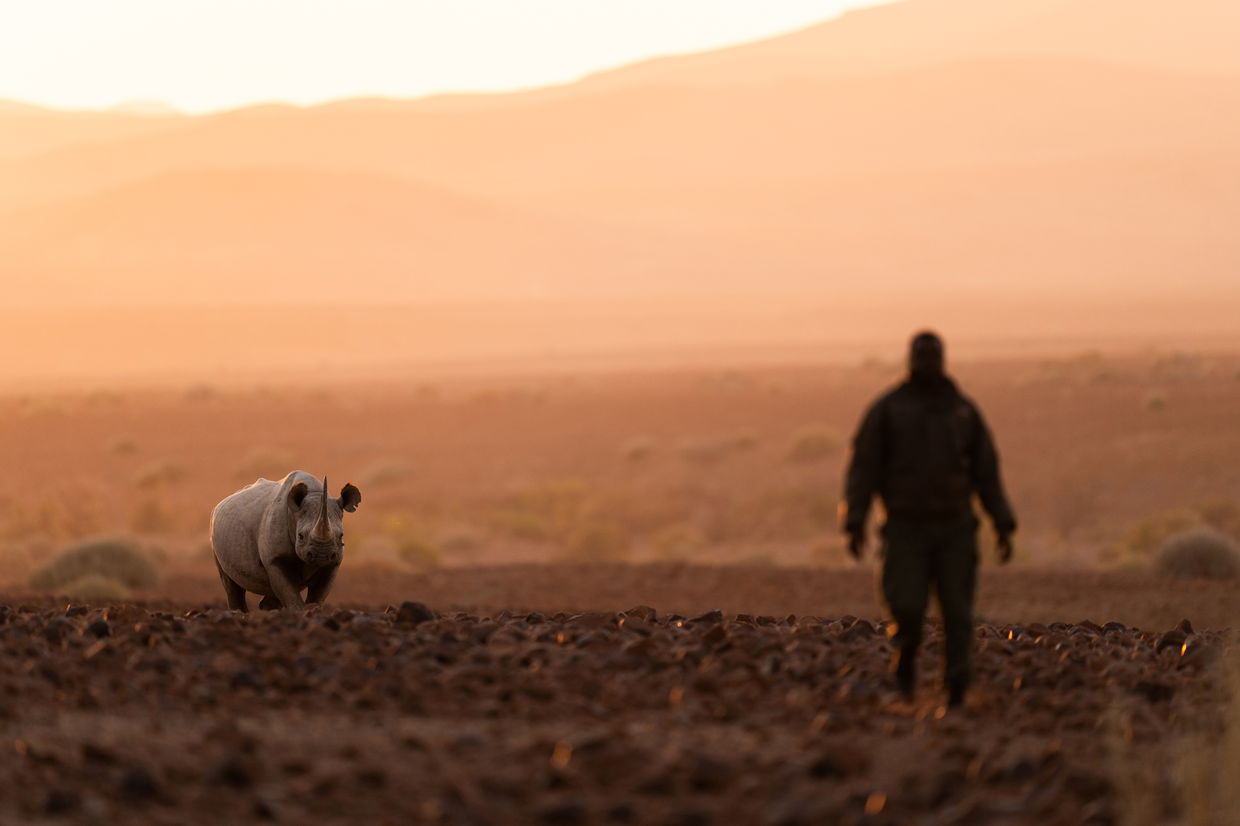
How Luxury Safaris Support Rhino Conservation
High-end travel and conservation go hand-in-hand. Here’s how luxury safaris in Kruger contribute to saving rhinos:
1. Conservation-Focused Luxury Lodges
Many 5-star safari lodges in Kruger actively fund anti-poaching efforts, including:
💠Singita Lebombo & Sweni – Pioneers in sustainable luxury, with a strong focus on rhino protection.
❖ &Beyond Phinda Private Game Reserve – Combines opulent stays with hands-on conservation experiences.
❖ Londolozi Private Game Reserve – A leader in ethical wildlife tourism and rhino preservation.
By choosing these lodges, travelers ensure their luxury safari directly supports rhino survival.
2. Exclusive Conservation Experiences
Some high-end safaris offer unique opportunities like:
➤Rhino notching & tracking with researchers.
➤Night patrols with anti-poaching units (in select reserves).
➤Private talks with conservation experts.
These experiences not only enhance a luxury safari but also create lifelong advocates for rhino protection.
3. Sustainable Tourism Practices
Top-tier safari operators implement:
➤Low-impact luxury – Solar-powered camps, water recycling systems.
➤Direct funding – A portion of every luxury safari booking goes to rhino conservation.
➤Community partnerships – Ensuring local people benefit from tourism.
4. Philanthropic Opportunities
Many luxury safari companies facilitate donations to:
➤The Rhino Orphanage
➤Kruger National Park Conservation Fund
➤Peace Parks Foundation
Some even match guest contributions, doubling the impact.
Despite these efforts, challenges remain. Poaching syndicates are highly organised and well-funded, making it difficult to completely eliminate the threat. Climate change and habitat fragmentation further complicate conservation efforts, as rhinos require large, interconnected spaces to thrive.
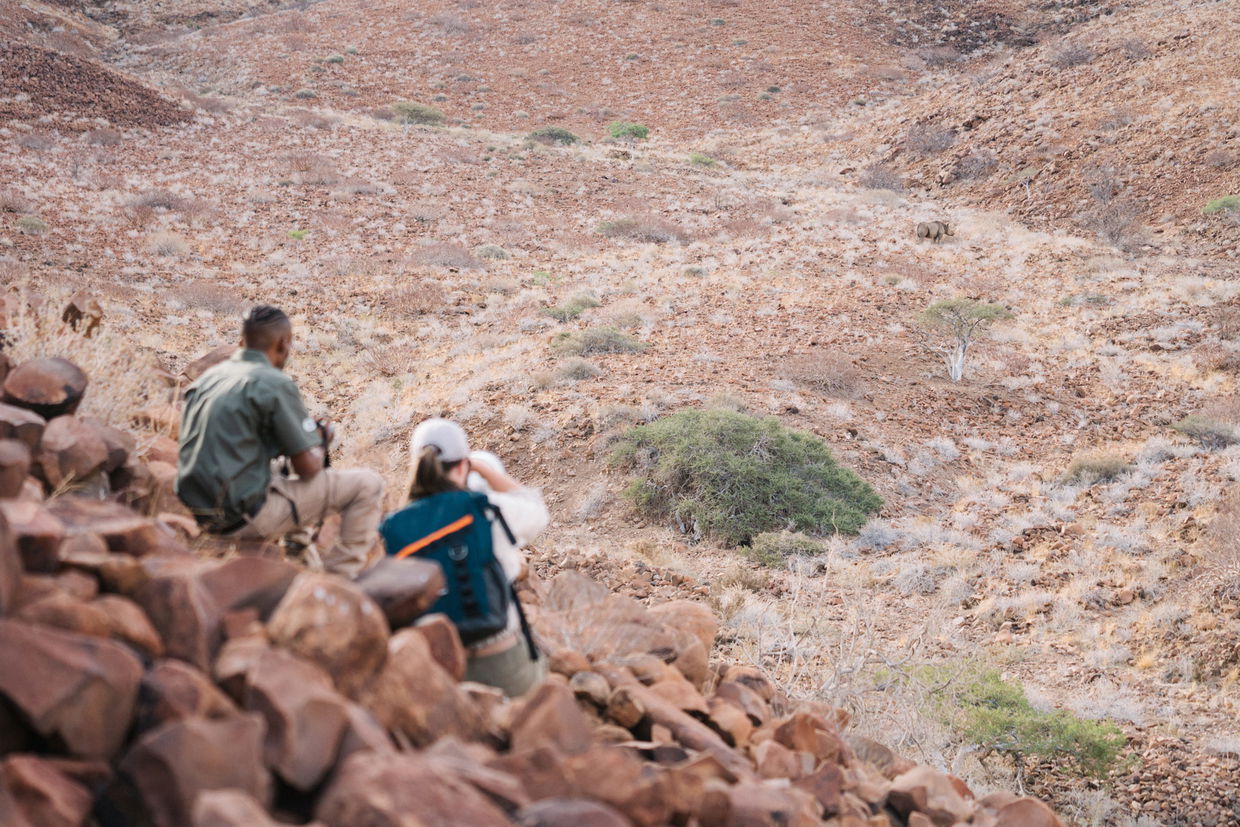
The Future of Rhinos & Luxury Safaris in Kruger
The dedication of rangers, scientists, and conservationists in Kruger National Park has led to significant successes. Rhino populations in some areas have stabilized, and innovative technologies are improving the effectiveness of anti-poaching measures. Public awareness about the rhino crisis is also growing, with more people around the world joining the fight to protect these ancient giants.
While challenges remain, there is hope:
★Increased high-end tourism funding conservation efforts.
★Luxury travelers becoming ambassadors for rhino protection.
★Innovative partnerships between safari operators and conservationists.
The future of exclusive safaris is inextricably linked to the survival of rhinos—one cannot thrive without the other.
Conclusion: Luxury Travel as a Force for Good
Rhinos are not just symbols of Africa’s wilderness—they are vital to the luxury safari experience that draws discerning travelers worldwide. By choosing high-end safaris that prioritize conservation, you become part of their survival story.
Your journey matters. Every luxury safari booking, every conservation-focused lodge stay, and every donation helps ensure future generations can witness these ancient giants in the wild.
Book a Conservation-Conscious Luxury Safari
Ready to experience the magic of Kruger while supporting rhino conservation? Visit Secrets VIP Travel to plan your luxury safari with purpose.
#LuxurySafari #RhinoConservation #KrugerNationalPark #EthicalTravel #SafariWithPurpose
The best time to Travel is now!
Want to discover more? Here are top choices for Rhino interaction and sightings.



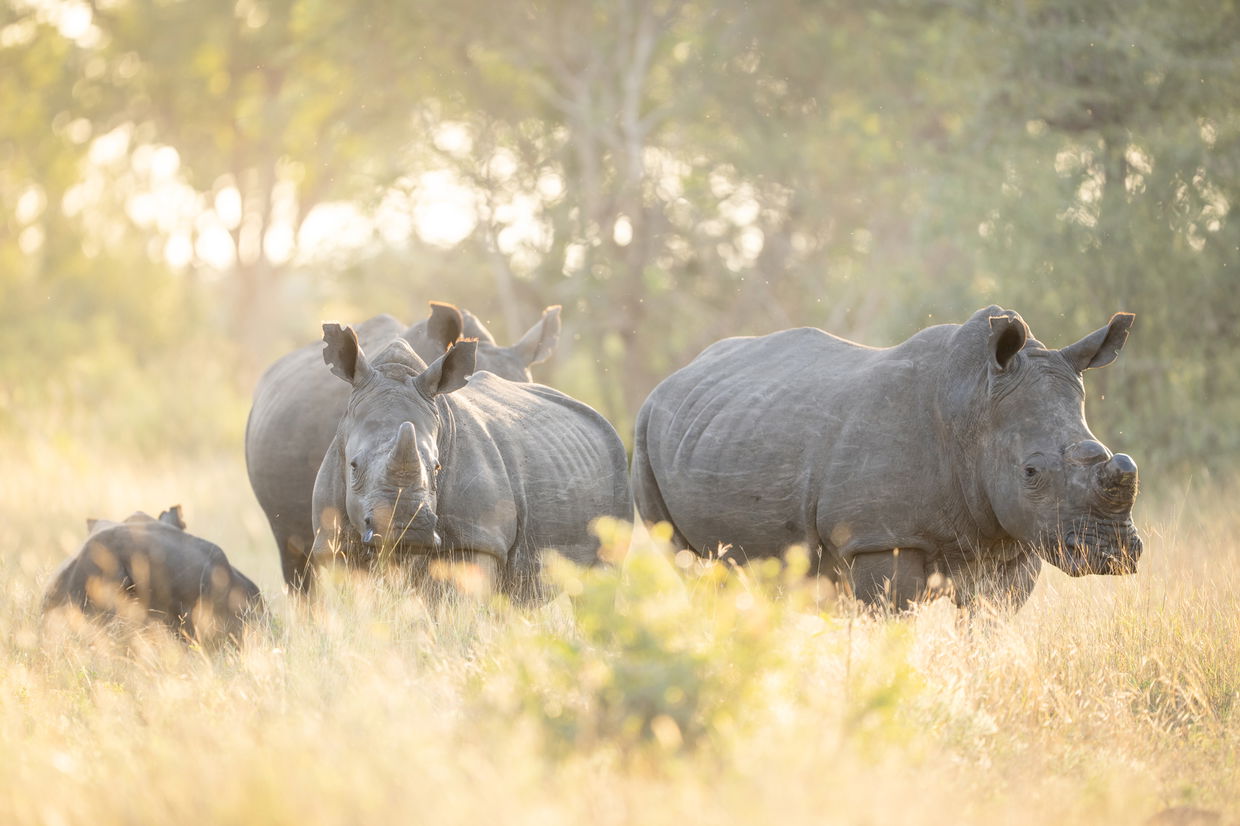
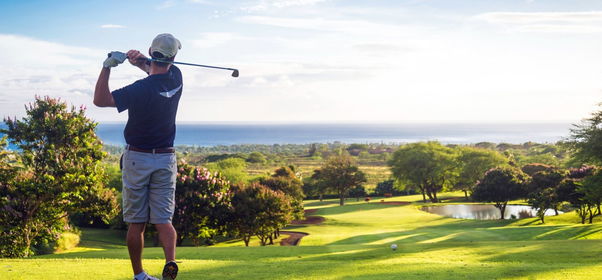
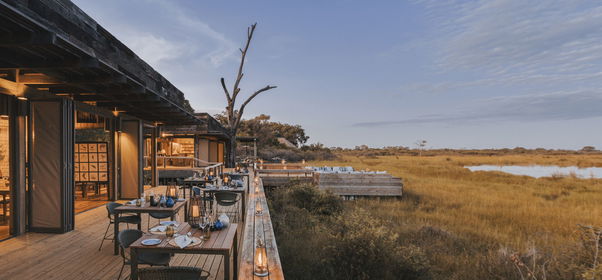
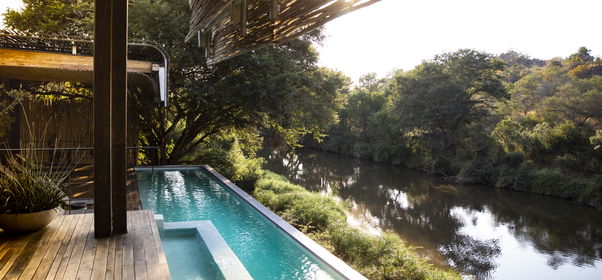
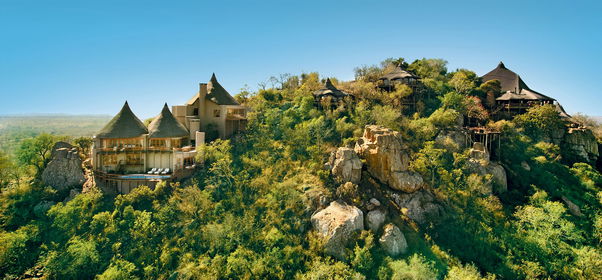
Share This Post